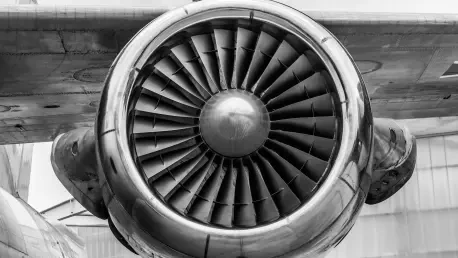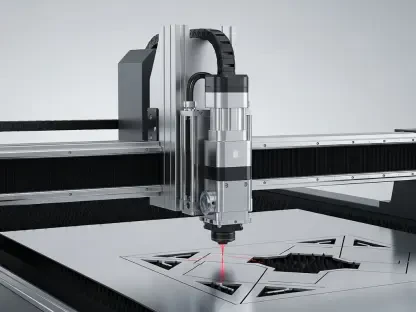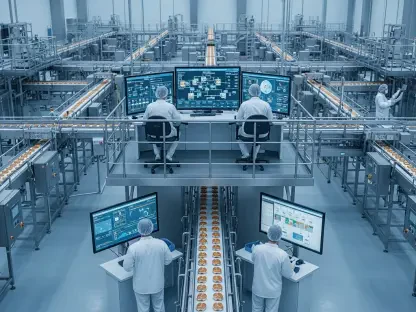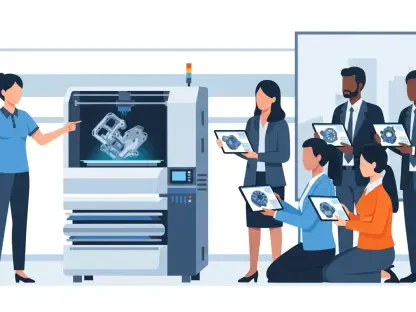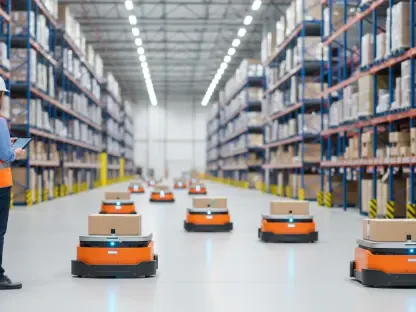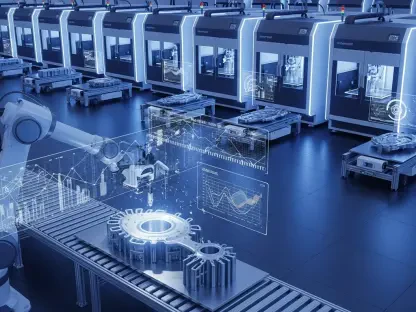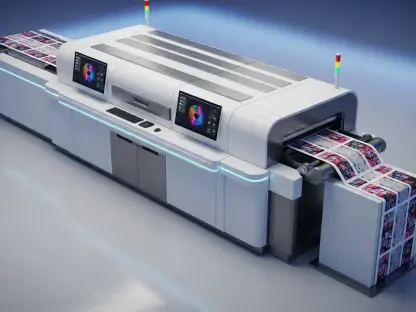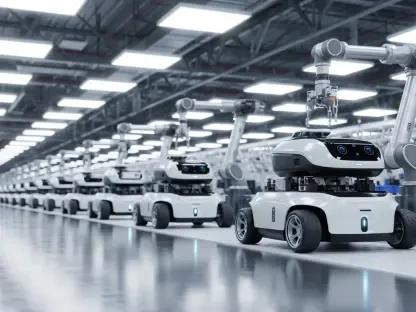I’m thrilled to sit down with Kwame Zaire, a renowned manufacturing expert with a deep passion for electronics and equipment. With his extensive background in production management and thought leadership in predictive maintenance, quality, and safety, Kwame brings a unique perspective to the challenges and opportunities in high-stakes projects like India’s indigenous jet engine development. Today, we’ll explore the journey of the Kaveri engine program, the hurdles it has faced, and what it means for India’s aspirations in defense technology.
Can you give us a broad picture of the Kaveri engine program and why it was considered such a landmark initiative for India when it kicked off in 1986?
Absolutely. The Kaveri engine program was launched with the ambitious goal of creating a homegrown turbofan engine to power India’s indigenous fighter aircraft, primarily the Tejas. It was a big deal because it symbolized India’s push for self-reliance in defense technology at a time when the country heavily depended on foreign suppliers for critical military hardware. Having a domestically developed jet engine wasn’t just about technical achievement; it was a matter of national security, ensuring that India could maintain and upgrade its air fleet without being at the mercy of external powers. The program aimed to establish India as a serious player in aerospace, reducing vulnerabilities tied to geopolitical shifts or sanctions.
Why do you think the call for an indigenous jet engine, as recently echoed by India’s leadership, still strikes such a powerful chord after nearly four decades?
The resonance comes from a deep-rooted desire for strategic independence. India’s leadership understands that relying on foreign technology for something as critical as a jet engine leaves the nation exposed to supply chain disruptions or political leverage. A successful indigenous engine program would not only bolster national security but also elevate India’s global standing as a technological powerhouse. It’s a statement of capability and resilience, showing the world that India can innovate at the highest level. Plus, it would inspire confidence in other domestic industries, proving that complex, high-tech challenges can be tackled at home.
The Kaveri project saw massive cost overruns, ballooning from a budget of 382 crore rupees to over 3,000 crore today. Can you break down what drove these escalating expenses?
Cost overruns in a project like Kaveri often stem from a mix of technical hurdles and systemic issues. Developing a jet engine requires cutting-edge research, specialized materials, and rigorous testing—all of which are incredibly expensive. Early on, the team faced challenges in mastering the complex engineering needed for a modern turbofan engine, leading to repeated redesigns and failures. Add to that the lack of adequate infrastructure, like advanced testing facilities, which meant additional costs for outsourcing or delays in progress. Mismanagement and shifting priorities over the years also played a role, stretching timelines and inflating budgets as resources were reallocated or wasted.
How did the limited experience of India’s Gas Turbine Research Establishment impact the Kaveri program’s development?
The Gas Turbine Research Establishment, or GTRE, was tasked with building Kaveri, but they were stepping into largely uncharted territory. Their prior work, like the GTX37-14U turbojet, was basic and never moved beyond prototype stage, so they lacked the deep expertise needed for a sophisticated turbofan engine. Without seasoned know-how or access to world-class testing setups, they had to learn on the job, which inevitably led to mistakes and setbacks. The absence of high-altitude testbeds or stress-testing labs in India meant they couldn’t even validate their designs properly, slowing down the entire process and compounding the learning curve.
What held India back from seeking international collaboration earlier, only reaching out to foreign partners like France’s Safran in 2008 after over two decades of struggle?
I think it boils down to a mix of national pride and a mindset of self-sufficiency that dominated the early years of the program. There was likely a strong belief within the establishment that India could—and should—do this on its own to truly claim technological independence. However, this reluctance to seek help ignored the reality that even advanced nations collaborate on such complex projects. Bureaucratic inertia also played a huge role; even after deciding to partner with foreign entities, red tape delayed agreements and actual cooperation for years. It’s a classic case of policy and process lagging behind practical needs.
As the Tejas aircraft design evolved, so did the requirements for the Kaveri engine. Can you explain how these changing demands affected the project’s trajectory?
The shifting requirements were a major curveball for the Kaveri team. Initially, the engine was designed to deliver around 52 kilonewtons of dry thrust and 81 kilonewtons with afterburner, tailored to the original Tejas specs. But as the aircraft’s design grew heavier by about 1,000 kilograms over time, it demanded upwards of 90 kilonewtons of wet thrust—something the prototypes couldn’t achieve, maxing out at just 70-75 kilonewtons. On top of that, the Indian Air Force started requesting advanced features like digital engine control and low-infrared signatures, which added layers of complexity. These moving goalposts forced constant redesigns, draining resources and derailing timelines.
The scarcity of specialized materials and testing facilities has been a persistent issue for the Kaveri program. How did these shortages shape the challenges faced?
Jet engines require superalloys and other high-performance materials that can withstand extreme conditions, but India lacked the expertise and infrastructure to produce or even source these effectively. Government delays in procurement, compounded by international sanctions after the 1998 nuclear tests, made it even harder to access what was needed. Testing was another bottleneck—without high-altitude testbeds or wind tunnels domestically, the team had to rely on foreign facilities, which was both costly and time-consuming. These gaps meant that even promising designs couldn’t be properly validated or refined, stalling progress at critical junctures.
Looking ahead, what is your forecast for the future of India’s indigenous jet engine development, given the lessons from the Kaveri experience?
I’m cautiously optimistic. The Kaveri program, despite its setbacks, has built a foundation of hard-earned knowledge and infrastructure that India can now leverage. Recent moves toward collaboration with global players like Safran, alongside growing private sector involvement, signal a shift to a more pragmatic approach. If India prioritizes sustained funding, builds state-of-the-art testing facilities, and fosters partnerships between government, industry, and academia, a breakthrough is within reach in the next decade or so. The key will be maintaining political will and accountability to avoid the inertia of the past. A successful engine could power not just fighters like the Tejas or future aircraft, but also India’s broader aspirations as a global defense innovator.
